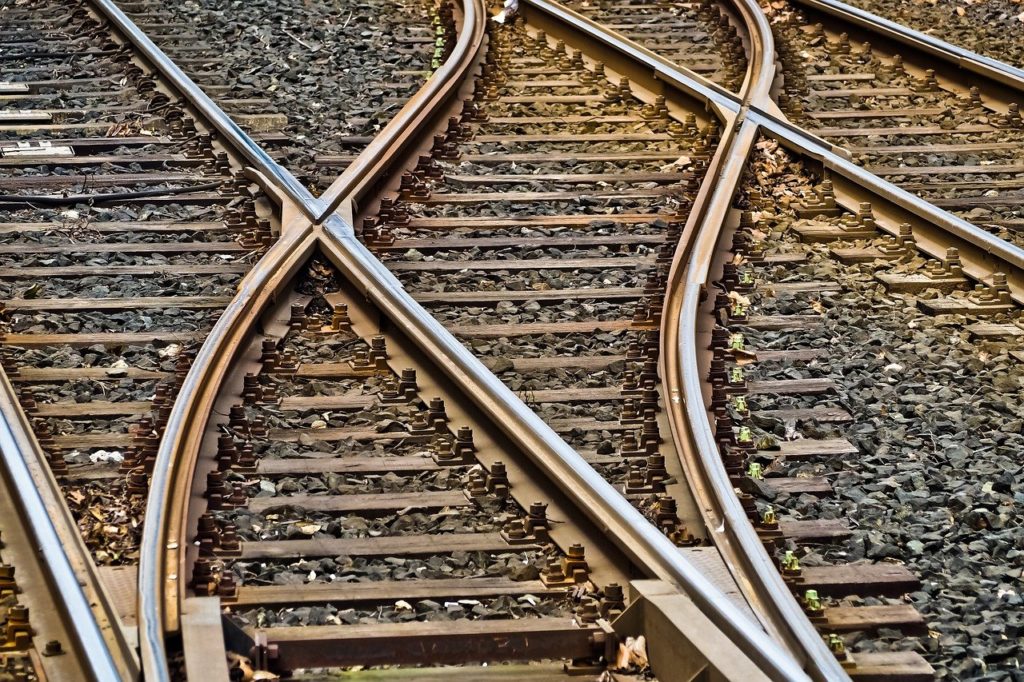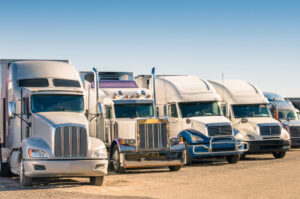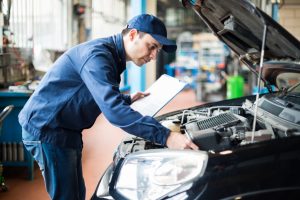Whatever you want to call it—subway, heavy rail, metro, tube, or U-Bahn—metro rail systems are at the heart of urban areas. They are what make your city, well, a city. They are the reason investors are pouring in and rural workers are moving to urban areas. Students dream of living in cities connected by a good rail system because it’s easier for them to get from their school to their job and back to their dorms. Forget about shopping centers and tourist spots. Rail systems bring in the money, the investments, and the people.
Singapore’s Mass Rapid Transit
SMRT is a multi-modal transport operator that manages the city-state’s mass rapid transit (MRT). Earlier, there were some controversies with the operations of the MRT. But in 2017, Mr. Seah Moon Ming took over the helm of the company and steered it in the right direction. Singapore’s comprehensive rail network is the backbone of business and tourism in the country.
In 2018, the average ridership of Singapore’s MRT was 3.5 million a day. It has reportedly grown to 600 million passengers since it first opened. Singapore’s MRT is one of the most environmentally friendly, sustainable, and efficient rail systems in the world. It is also the fastest, most convenient, and most affordable system.
Hong Kong’s Mass Transit Railway
Hong Kong is also at the top of the list. The transit network allowed the urbanization of three islands: Hong Kong Island, Kowloon, and the New Territories. Hong Kong’s high-speed rail link allows the transit of people from end to end in a couple of hours. It’s one of the most efficient and modern railways in the world. At 30 years old, Hong Kong’s MTR has wireless connectivity, automated ticket systems, and intelligent time sensors.
Tourists flock to Hong Kong because of the ease of transportation. In the former British colony, you don’t have to call a cab to get you to and from your destination. The MTR will do just fine to take you anywhere you want—from the urban jungle of Kowloon to the charming seaside of the New Territories.
London’s Underground
The Underground connects London and adjacent counties such as Essex, Buckinghamshire, and Hertfordshire. This underground system was the world’s first, having opened in 1863. But even though it is more than 150 years old, London’s Underground has some of the modern amenities found also in Hong Kong. It is fully air-conditioned, and many of the stations have Wi-Fi connectivity, too.
It makes over one billion trips a year, carrying scores of Londoners, tourists, and investors to and from the city. Although it is one of the oldest railway systems in the world, the Underground continues to be a main attraction for businessmen to invest in the city. The connection it builds in London and some neighboring counties allows the movement of businesses even in the most trying of times.

New York’s MTA Subway
It might not be the most aesthetically appealing railway system, but New York’s MTA Subway does the work nonetheless. In 2017, the Subway serviced about 5.6 million passengers on an average weekday. Many were going to and from work. Others were tourists who wanted to experience New York’s popular railway system. NYC’s lines are double in numbers. This means that during repairs, only one track is decommissioned, leaving others to function normally. This prevents the buildup of traffic on the railway.
One of the most popular features of New York’s subway is its Music Under New York program. This allows local musicians to perform on the platforms. New Yorkers and tourists are treated to some great acts and performances. Much like Hong Kong, London, and Singapore, the efficient railway system brings in scores of tourists and investors.
Tokyo’s Rail System
There are three words that best describe Tokyo’s railway system: fast, reliable, and punctual. It ferries around 14 billion passengers every year. If a train comes in late, the driver will apologize to each commuter and give them a certificate they can present to their employer or school. The certificate takes responsibility for why a student or an employer comes in late. This happens even if the train has just been five minutes late from arriving. It’s harder to understand the connections compared to Singapore’s and Hong Kong’s railway systems, but its efficiency takes the top spot, too.
Why Efficiency Matters in Economies
The availability of efficient transport systems around the world opened the doors for globalization. It allows businesses to flourish. People find it easier to do their jobs, attend school, and run errands because of an efficient transport system.
The efficiency of a public transport system should be a human right. People deserve a convenient commute from one place to another. The movement of people is necessary for the growth of a country’s economy as tourists and businesses have shown their preference for highly efficient public transport systems.











